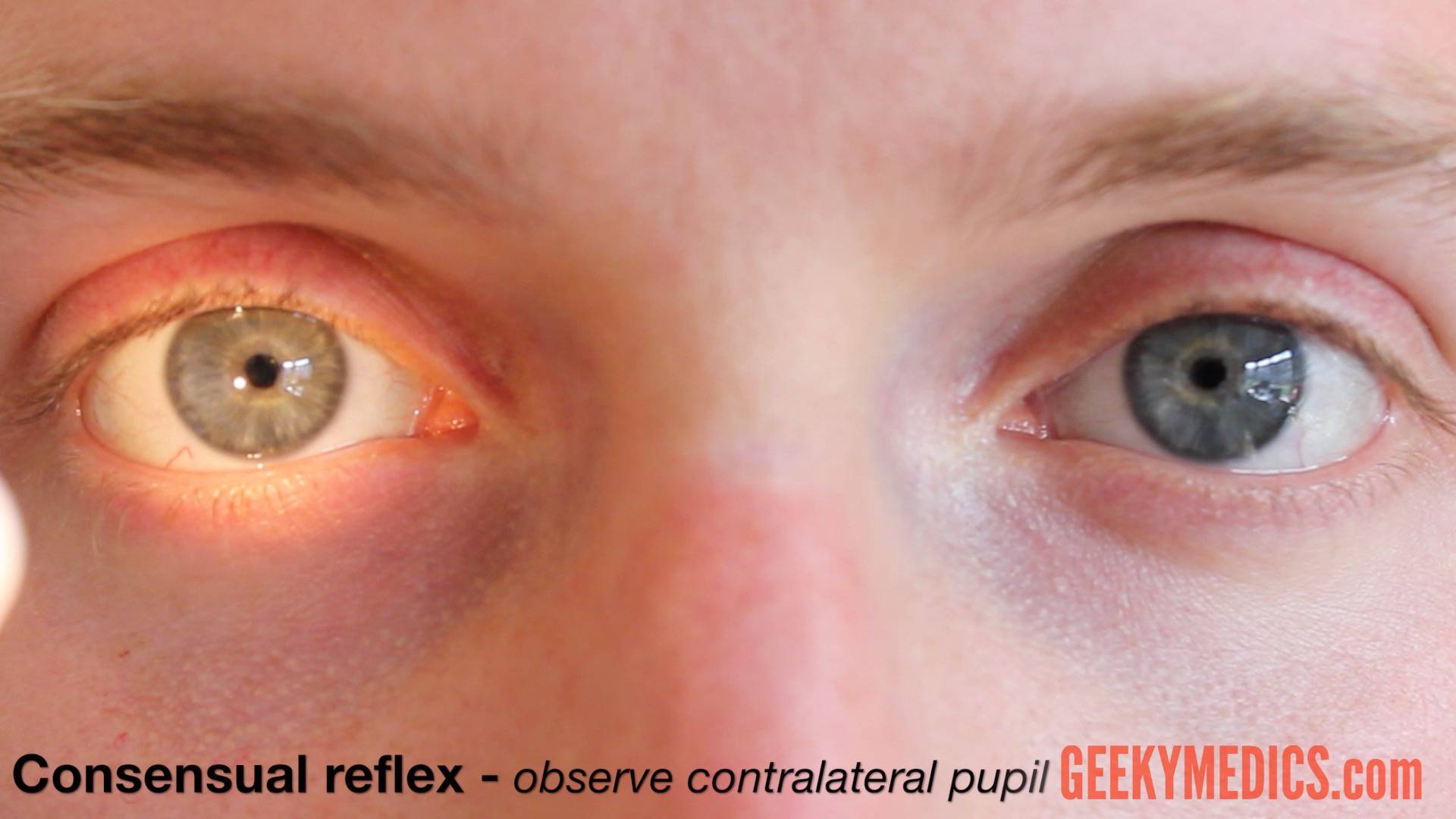
Noted as BCVA The best possible vision that an eye can achieve with the use of glasses or contact lensesĪn excimer laser with a large treatment beam diameter (6mm to 8mm) that can be used to ablate the corneaĪn age-normal loss of clarity of the natural lens inside of the human eye. The orientation of an astigmatic correction The ability of the lens inside the eye to change focus from distance to near range begins to decrease in our 40s requiring the use of reading glassesĪ refractive error caused by an uneven power of the cornea light entering the eye comes to two points of focus rather than one has an amount and an orientation The area of tissue removed during refractive surgery needs to approximate the pupil size to avoid post-op glare and halos Removal of tissue as is done with the excimer laser during refractive surgery If the pupils are dilated and do not contract when exposed to light, it is necessary to go to the ophthalmologist so that he/she can carry out a complete examination, determine its causes and establish the most appropriate treatment.Imperfections, irregularities, and/or distortions of the optical quality of the eye that cause unclear vision With respect to drug use and the use of eye drops for eye examination, the effects gradually disappear. The most frequent side effects of mydriasis are light sensitivity, photophobia or glare, blurry vision and trouble focussing on close objects. In others, it can indicate a serious and immediate problem. In some cases, the dilation goes away on its own. Thus, pupil dilation can occur for many reasons.

Consumption of alcohol or drugs, such as marijuana or cocaine, among others, which can cause significant excitation of the muscle fibres that form the iris, causing pupillary dilation.Often, during the ophthalmological visit, it is necessary to dilate the pupils with eye drops in order to carry out a complete and detailed examination of the retina and other elements inside the eye that cannot be seen without mydriasis. Some medicines, both by general route and by topical route (eye drops).Third cranial nerve palsy (oculomotor nerve that runs from the brain to the eye and controls the position of the eyelid, the movement of the eyeball and the size of the pupil): in these cases, pupillary dilation is usually associated with ptosis (droopy eyelid), double vision and/or visibly misaligned eyes.Eye diseases or injuries in which the iris can be damaged: eye trauma, inflammation of the iris (iritis or uveitis), glaucoma, etc.Neurological diseases: migraine, cerebrovascular accident or stroke, brain haemorrhage, tumours or infections.There are different causes for mydriasis to occur. Sometimes the pupils dilate without changes in lighting and are larger than usual the medical term for it is mydriasis. The pupil works thanks to two muscles: the sphincter of the pupil, which closes it, and the dilator muscle of the pupil, which opens it. The pupils change size depending on the lighting, measuring from 2 to 4 mm in bright light and from 4 to 8 mm in low light or darkness to increase the amount of light the eyeball receives, and also influence the ability to eye focus.

The pupil is the black hole located in the centre of the iris, the part that gives colour to the eye.


 0 kommentar(er)
0 kommentar(er)
